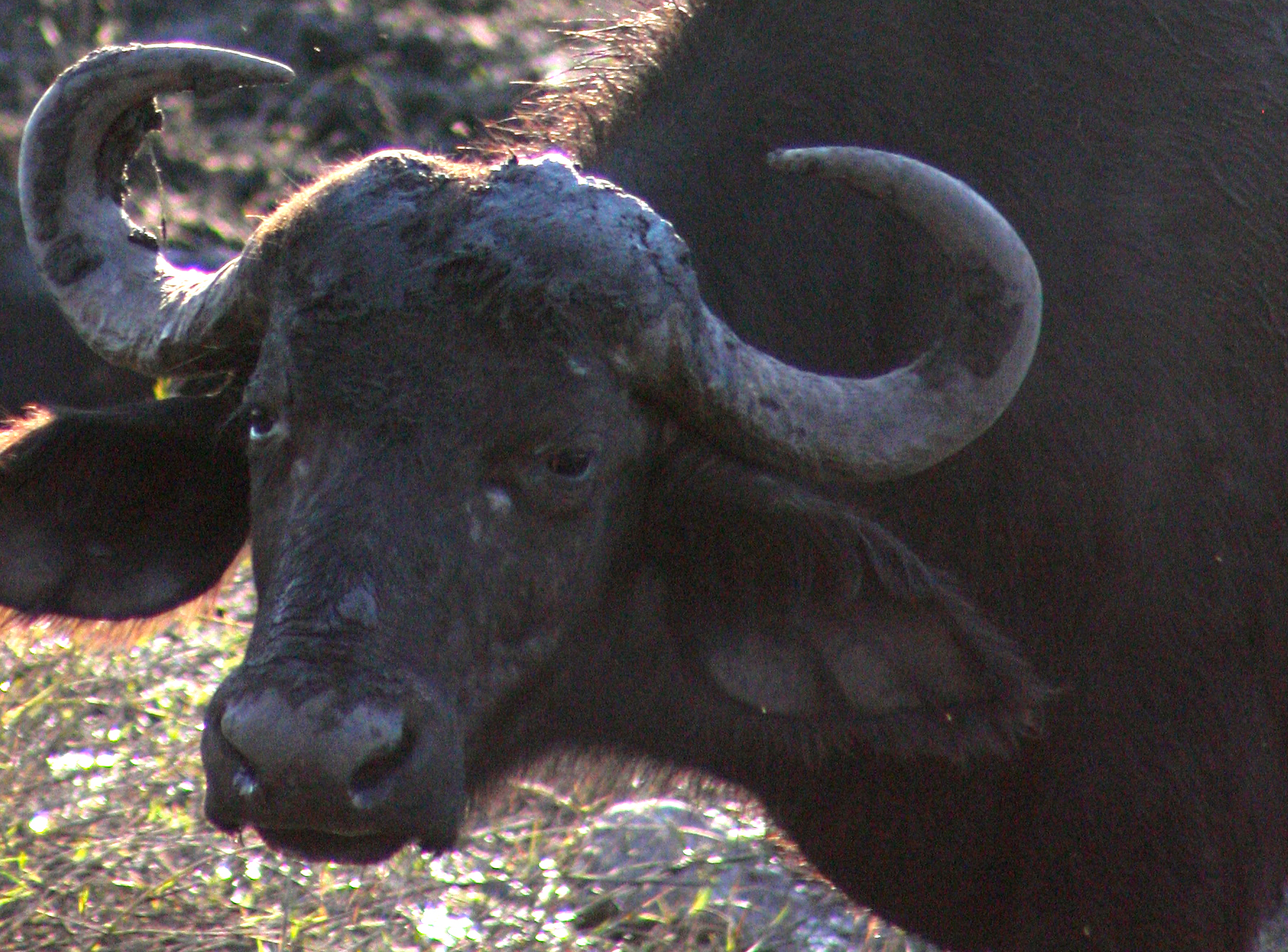Kathleen Alexander finds brucellosis pathogen persists in Botswana buffalo, may pose a threat to humans

The term “bush meat” conjures up images of exotic animals hunted by men in traditional dress using handmade weapons. But in reality, bush meat is a lot closer to our North American venison, quail, and pheasant — game hunted legally using modern weapons.
Residents of northern Botswana prize wild buffalo as their favored bush meat. Now a study led by Kathleen Alexander, associate professor of wildlife in the College of Natural Resources and Environment at Virginia Tech, indicates that buffalo may be an important species in the transmission and persistence of the brucellosis pathogen in Botswana. Buffalo may not only be a potential source of infection for Botswana’s domestic cattle, but they may also pose a threat to humans who consume buffalo meat.
The study was published on March 8 in PLoS ONE, a peer-reviewed scientific journal published by the Public Library of Science.
“Brucellosis is a globally important disease that affects both human and animal populations,” Alexander said. “It spreads from animals to humans, and the buffalo bears further study in order to understand the ecology of the pathogen.”
The brucellosis bacteria causes a chronic disease of fevers and joint pain in humans; animal hosts miscarry or are infertile and may have swollen knees. Once animals acquire brucellosis, they can remain persistently infected. Domestic livestock with the disease may have to be destroyed.
During her decade and a half as Botswana’s senior wildlife veterinary officer, and later with the Centre for Conservation of African Resources: Animals, Communities, and Land Use (CARACAL), a nongovernment organization in Botswana of which she serves as president, Alexander captured nearly a thousand wild animals, including 20 species of mammals such as buffalo. Samples from these captures were used in this retrospective study. Only buffalo and a lone giraffe tested positive for brucellosis.
“The presence of brucellosis antibodies in Botswana buffalo in a 1974 study and again in this survey suggest the disease persists in this species,” Alexander said. “At this point, we don’t know what role giraffe play in brucellosis persistence and transmission.”
Alexander warns that public health officials shouldn’t be complacent even if brucellosis is controlled in livestock populations. “Officials need to be alert to the very real possibility of human infections arising from the consumption of bush meat,” she said. This is a potential problem not just in Africa but even in the United States, where some wildlife are infected with brucellosis.
Study co-author Jason Blackburn of the Emerging Pathogens Institute and the Department of Geography at the University of Florida said, “Here in Florida, it is not uncommon for hunters to contract brucellosis from feral hogs either from hunting or meat preparation.”
Buffalo, a preferred source of bush meat, is hunted both legally and illegally in Botswana. In fact, it is so esteemed that African immigrants in France are reported to have created a market for imported buffalo meat. Botswana citizens can legally hunt buffalo on a quota system, although illegal hunting persists in some areas.
Household meat processing practices can create widespread pathogen exposure risk to family members and the community. Various members of a family — not only the hunters and butchers — are likely to handle the meat. Alexander’s study found that almost half the people reported to be infected with brucellosis since the early 1970s were children.
“The study indicates that we need to understand people’s culture and traditions in the context of the animal communities people live with and the way in which they use these resources,” Alexander said. “We need to know how people come in contact with buffalo, how they prepare the meat, who is involved, and how the raw meat is distributed. When we understand this, we’ll be in a better position to manage disease transmission at the human-wildlife interface.”
Alexander, who is an affiliated faculty member with the Fralin Life Science Institute, has been studying the environmental and human-related drivers of disease transmission at the human-animal interface for years. She recently received a National Science Foundation grant to investigate the links between humans and animals as they influence water quality and, in turn, how water quality affects their health. This research, also in northern Botswana, focuses on how peaks in human disease appear to coincide with environmental changes in the region and with river flow.
In this same region, Alexander found that northern Botswana’s banded mongoose living in close association with humans were dying from a previously unidentified species of tuberculosis bacteria closely related to those that cause human tuberculosis. The reservoir for this pathogen is currently not known.
In addition to Alexander and Blackburn, co-authors of the study include Kekgonne Baipoledi, deputy director of Botswana’s Department of Veterinary Services; Phillip Elzer, professor of veterinary immunology in the Louisiana State University School of Veterinary Science; and Mark Vanderwalle, CEO of CARACAL.
For more on Alexander’s work in Botswana, visit her blog and the Facebook page for CARACAL.




